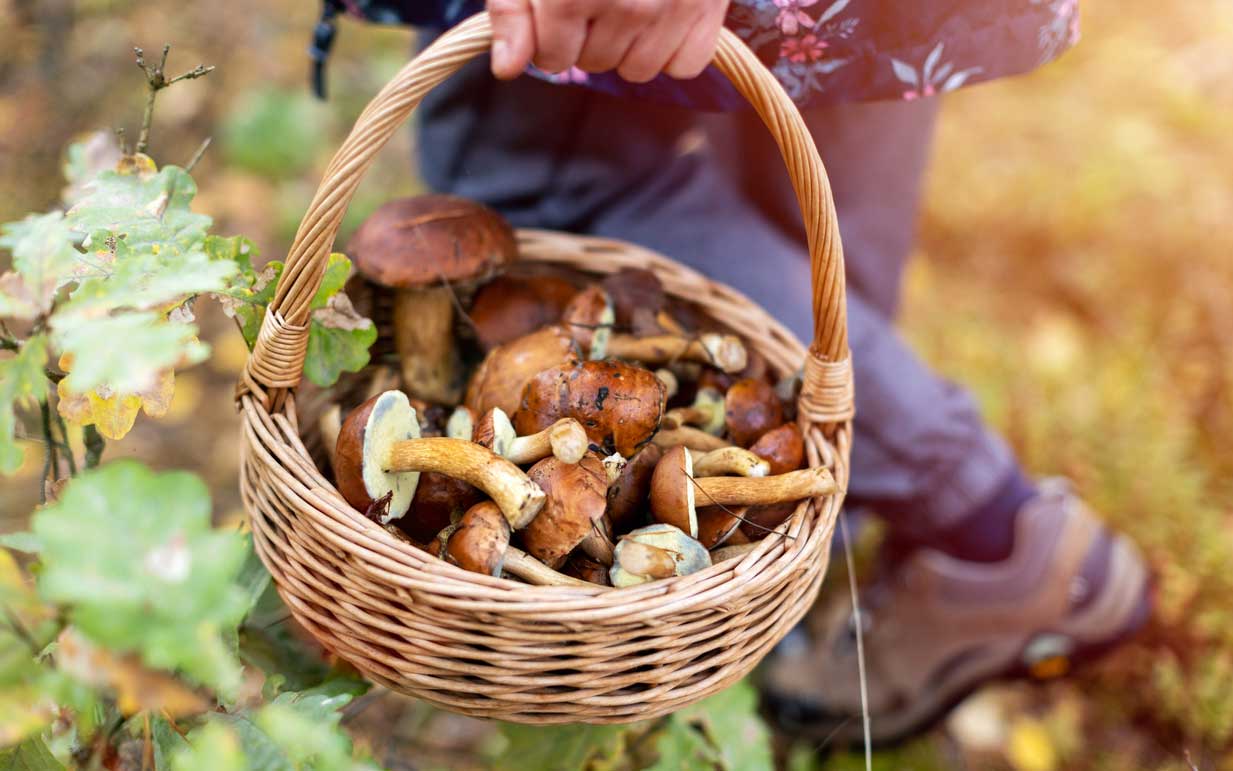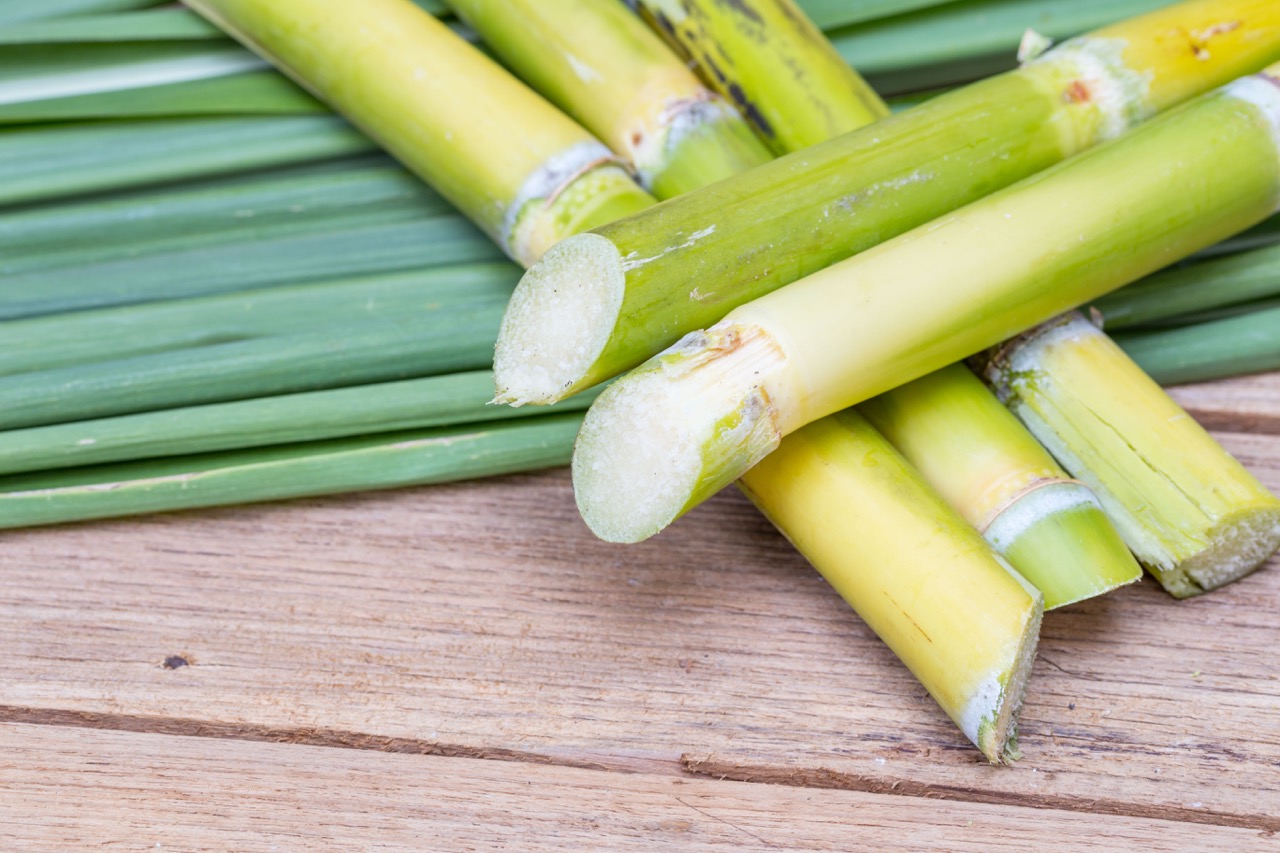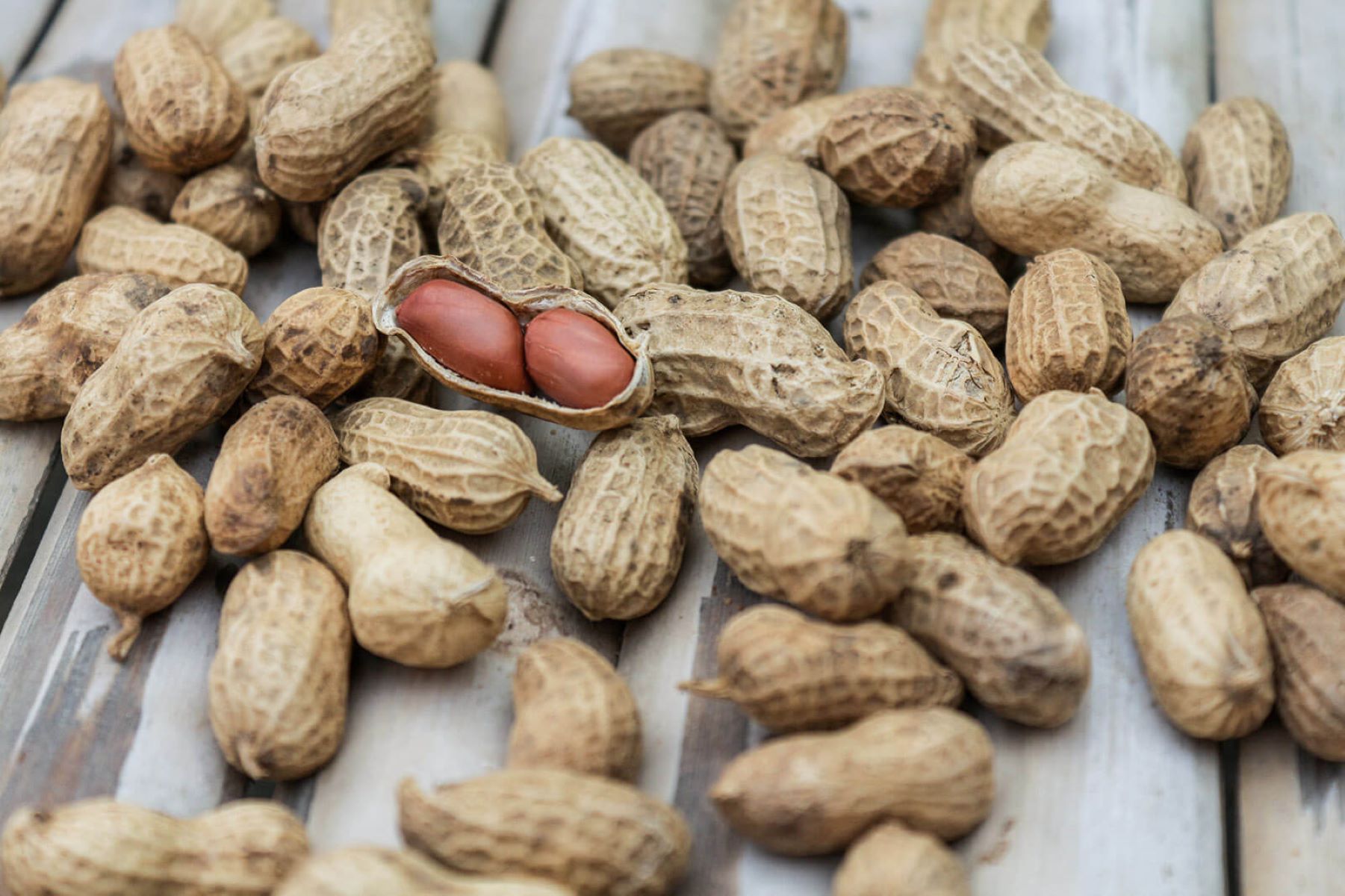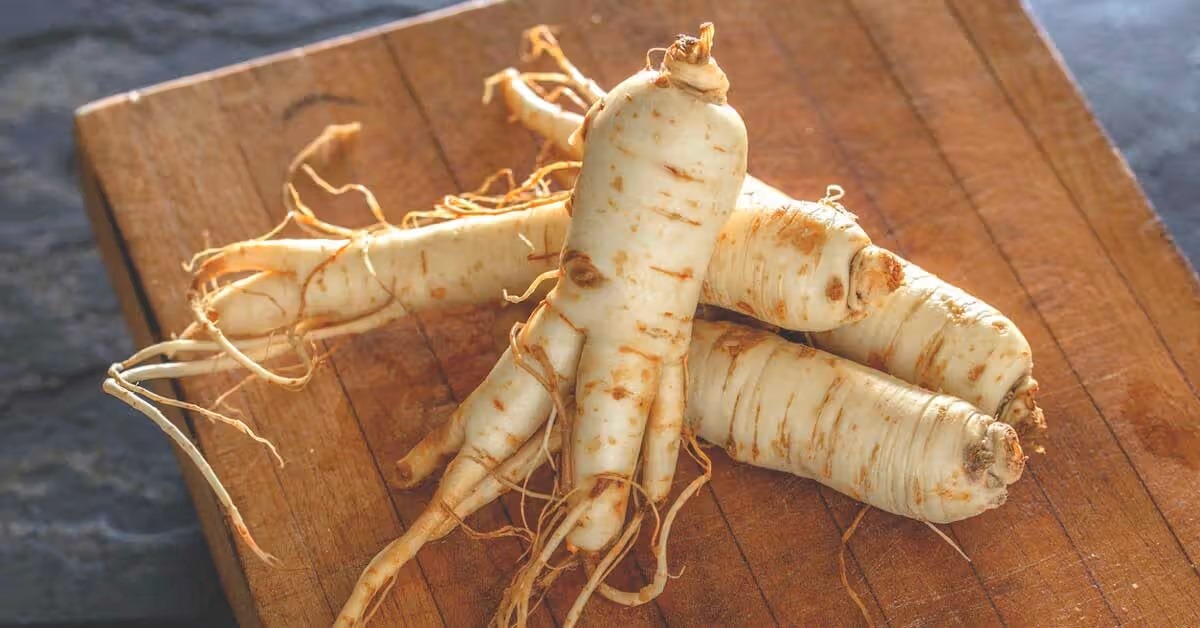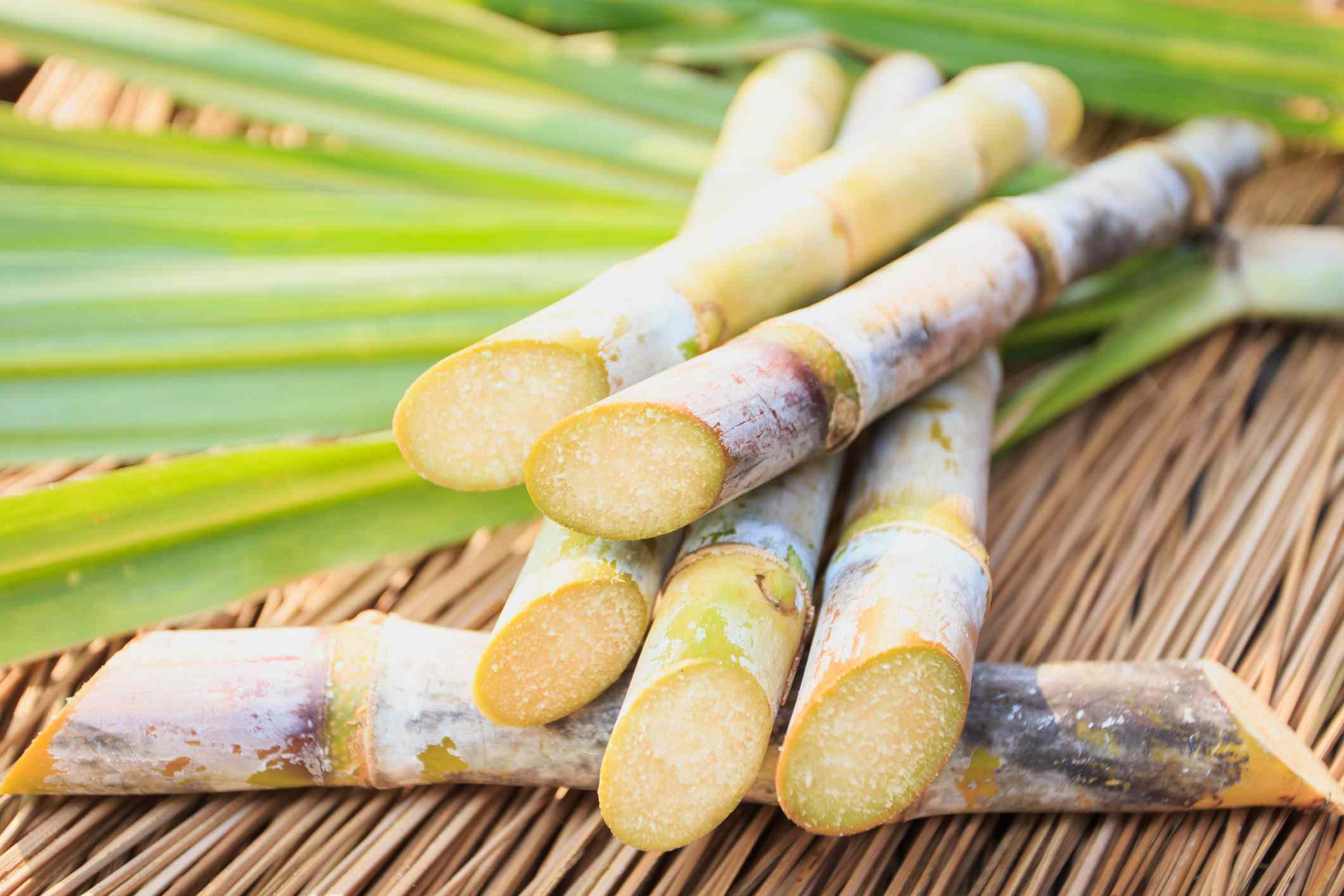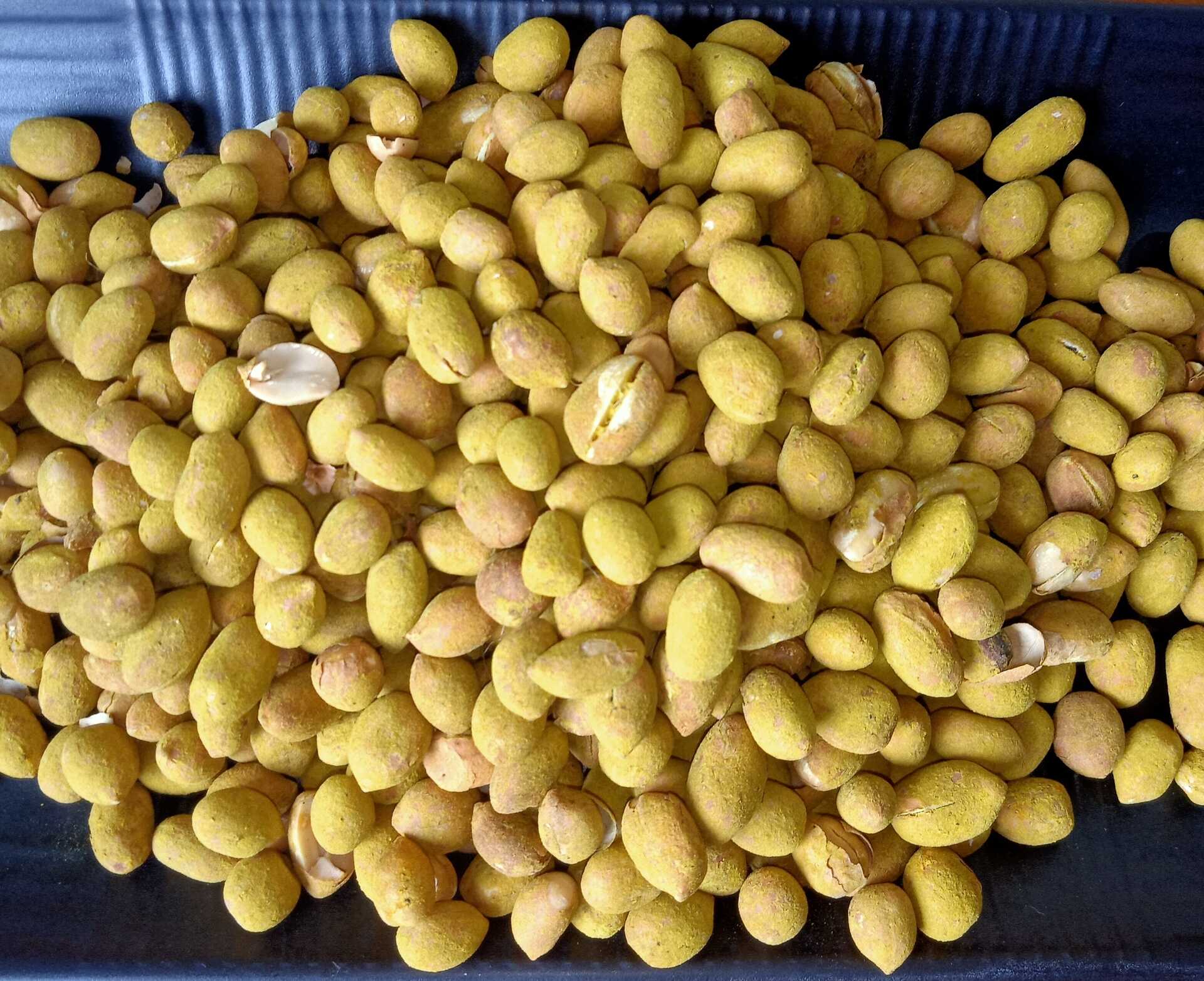Home> How To Store Raw Ingredients & Unprocessed Foods
How to Store Raw Ingredients & Unprocessed Foods like a Pro!
Learn how to store raw ingredients and unprocessed foods like a pro! Discover essential tips and techniques to keep your ingredients fresh and flavorful.

